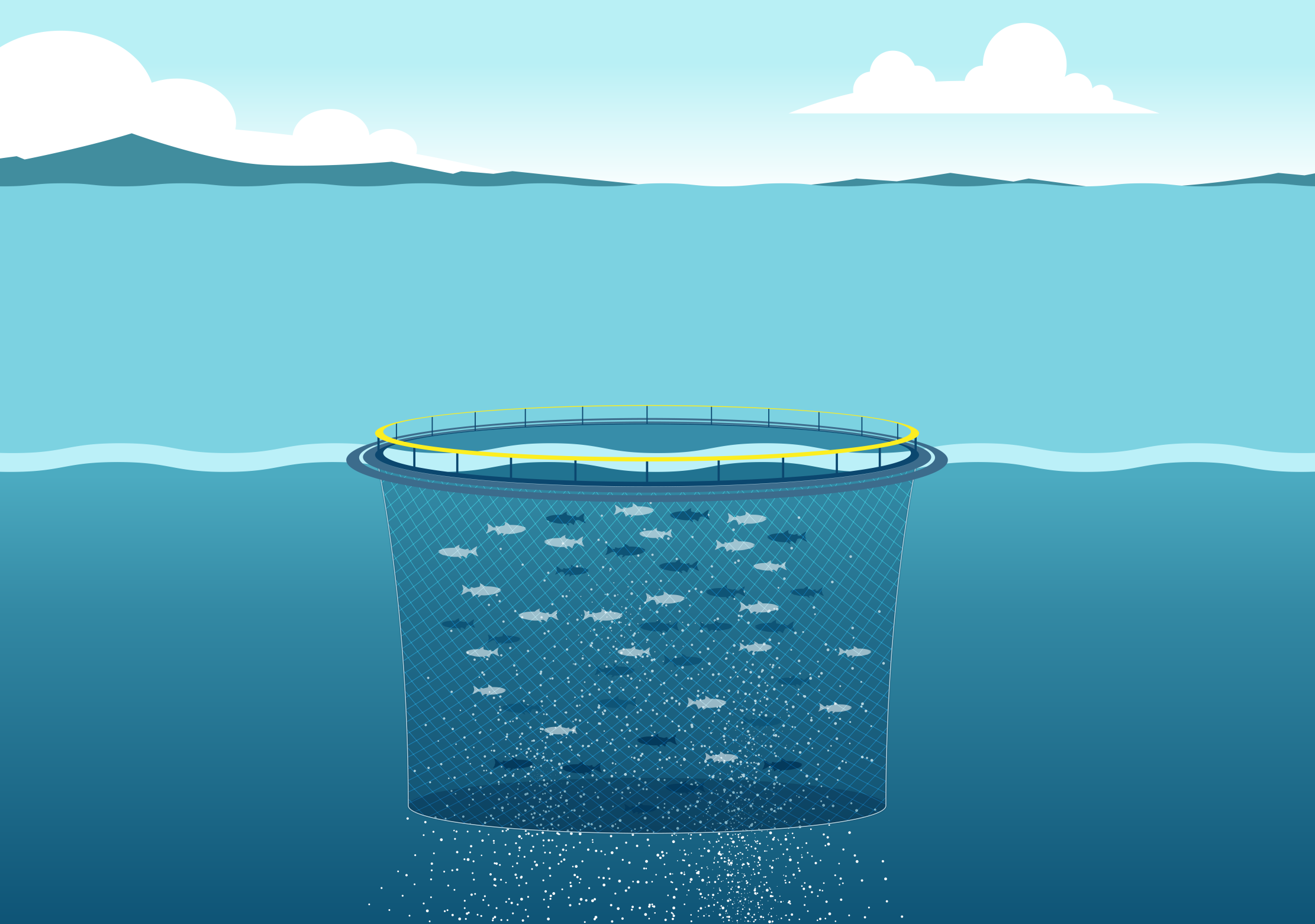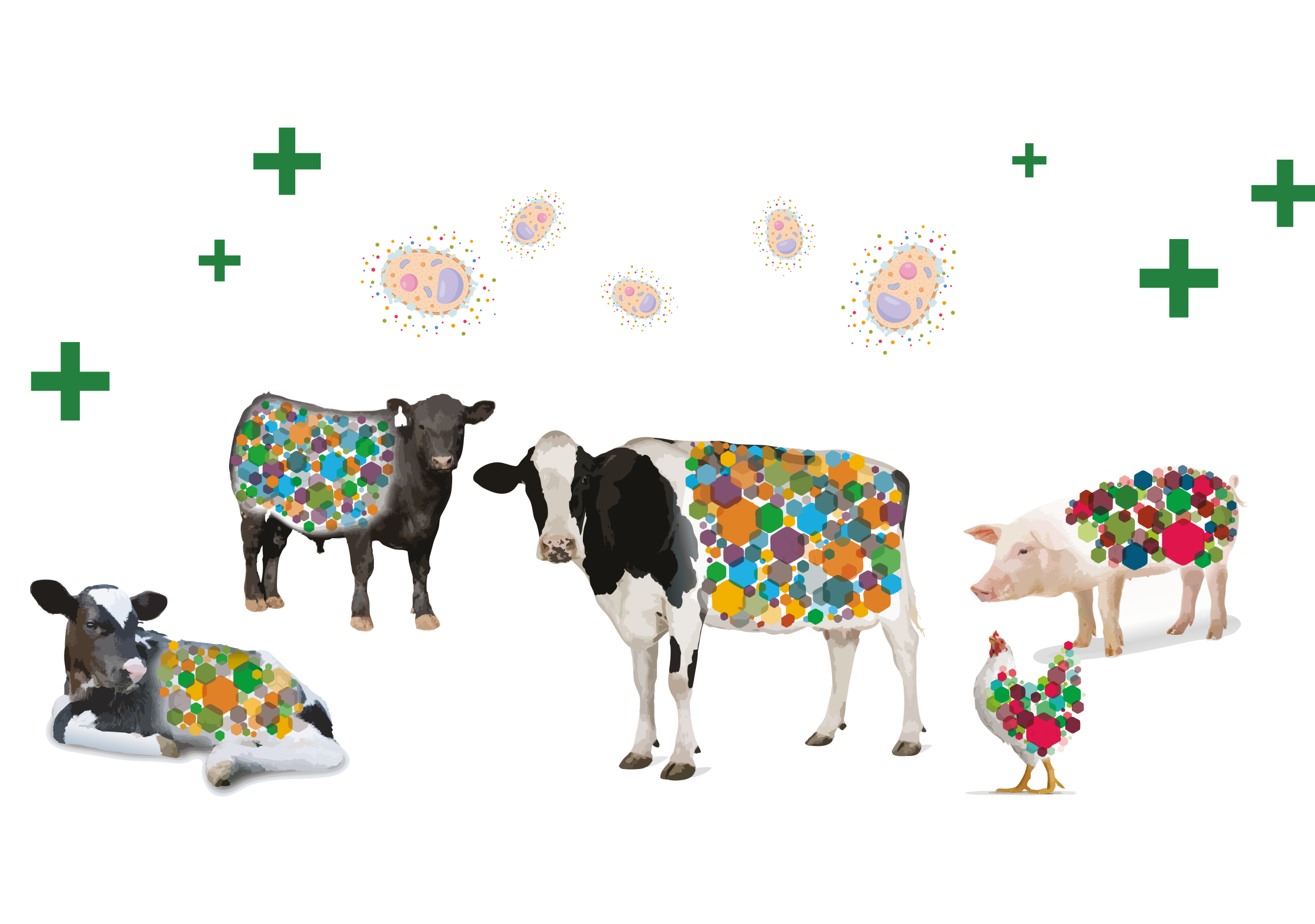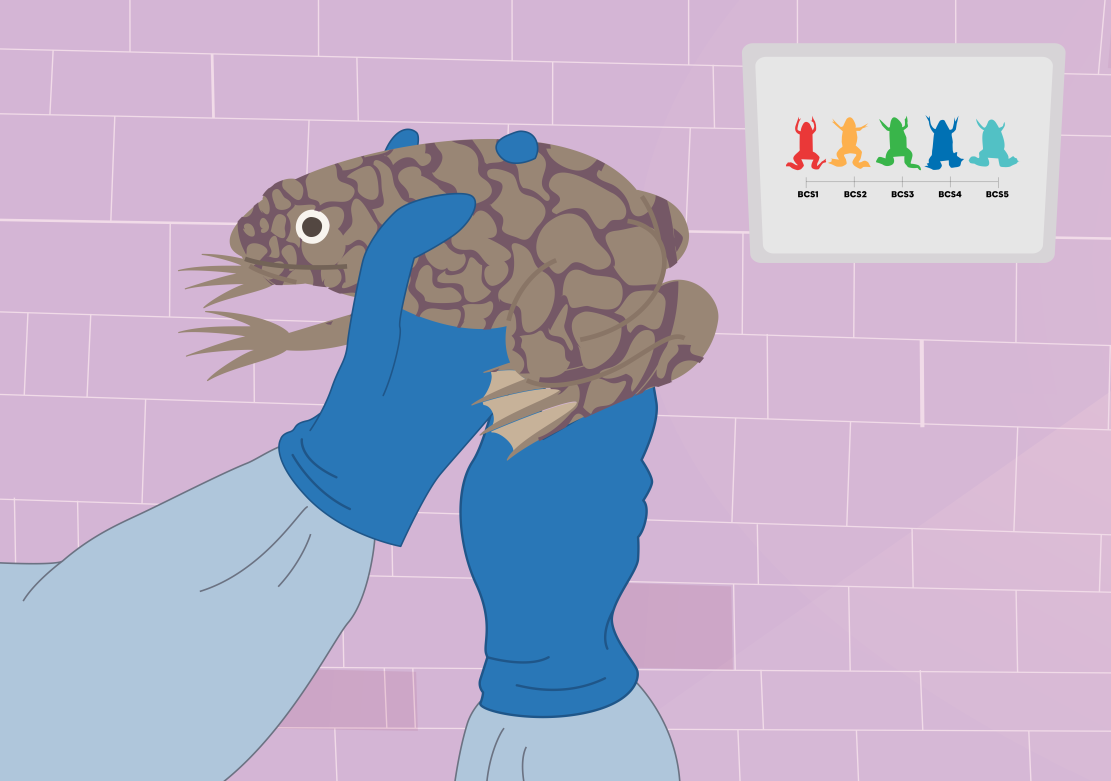Humans experience internal sensations in response to the external world: we don’t just think or process – we experience. These sensations range from emotions, such as love, anxiety, embarrassment; to more subtle experiences, known as ‘qualia’. Qualia include the pain of a headache, the response to a sunset, or to stroking pets. Humans’ inner mental life poses the hard problem of consciousness: understanding how and why we have such internal sensations. Neuroscience explores how brains process sensory information to make inferences and analyse external situations. This is called cognition, and it may result in actions. Consciousness refers to our inner sensations. Read More
Recent research at the University of Oxford explored the hypothesis that cognition and consciousness are mutually dependent.
The human cortex resembles a carpet made up of 1 million neural columns, all corrugated up as the brain’s outer layer. Each column contains 10,000 individual neurons that are densely connected to others within the same column, and only loosely connected to neurons within neighbouring columns.
When stimulated, individual neurons spike and then rest for some time, to recover, before being ready to spike again. Spikes travel from a stimulated neuron towards neighbouring neurons, crossing synapses, and stimulating receptive neighbours.
Through computer simulations, the Oxford team found that spikes are ‘passed’ around inside a column, creating many circular echo chambers. To maximise the total number of degrees of freedom for the resulting neural dynamics, the neural columns should each contain a similar number of neurons, rather than occurring in a range of sizes. This finding agrees with anatomical observations.
Next, the team simulated an entire human cortex using a supercomputer, and stimulated selected neurons within some columns in a wide range of different ways. Over many such experiments, the whole system produced different internal responses, which could be divided into a set of distinct neural patterns.
The response patterns, called ‘modes’, exist both over time and across certain columns and neurons. The team found that when one of these modes is active, its behaviour pre-conditions how the brain processes new incoming information, reducing the number of feasible inferences to be made, and reducing the outcomes. This allows the brain to think faster by default. Reliable fast thinking would be impossible without modes – any pre-conditioning would be inconsistent.
The team hypothesises that modes, discovered by reverse engineering the simulations, represent human internal sensations, emotions or qualia. Cognitive information processing causes conscious sensations, as modes – while modes pre-condition and restrict cognitive information processing.
So, cognition and consciousness are entwined. Together, cognition and consciousness result in a fast-thinking advantage, and the brain’s architecture and dynamics have evolved to underpin this.
The consequence of this research doesn’t end with a response to the hard problem of consciousness. It indicates how we might design new chips to process information in the same way as the brain, influenced by internal modes. Such chips could create new forms of artificial intelligence that are fast at reaching decisions, yet are not greedy for data.







